The 2022 US Open
How to play The Country Club in Brookline
There is plenty of competitive golf history at The Country Club in Brookline, from an upset for the ages by Brookline’s own Francis Ouimet in 1913 that ignited a surge in golf’s popularity in the United States to a dramatic comeback by the US team in the 1999 Ryder Cup.
At the heart of it all is the course itself, and its unique features and characteristics — particularly the Roxbury puddingstone rock formations on many holes — will be on display when the world’s best golfers descend on New England for the 122nd US Open from June 16 to 19.
“For me, the most unique aspect of The Country Club is the way in which the holes were fit into the land. Holes like 3, 4, 10, 11 and 12 are great examples,” said Jeff Hall, the USGA’s managing director for rules and open championships. “I suspect there was not a great deal of earth moved. Rather, the holes were laid into the terrain. Doing so really brings to life the earth forms on these holes and I think it makes them very memorable.”
To prepare for June’s US Open, which will be the 10th to be held in Massachusetts, the Globe explored the historic course. And we want to take you along for the journey.
Whether you’re a big Tiger Woods fan (even though he won’t be there) or your golf knowledge ends at Happy Gilmore, there’s plenty to learn about TCC.
How would a golfer playing to win approach this course? What does the casual fan tuning in for the first time need to know about each hole?
Let’s find out how to play The Country Club.
Advertisement
Front nine
Par 35, 3,556 yds
Par 4
488 yds
Par 3
215 yds
Par 4
499 yds
Par 4
493 yds
Par 4
310 yds
Par 3
192 yds
Par 4
375 yds
Par 5
557 yds
Par 4
427 yds
Back nine
Par 35, 3,708 yds
Par 4
499 yds
Par 3
131 yds
Par 4
473 yds
Par 4
450 yds
Par 5
619 yds
Par 4
510 yds
Par 3
202 yds
Par 4
373 yds
Par 4
451 yds


For the golfer
The narrow green is relatively unprotected. This is one hole where you can mis-hit your approach and still run the ball up onto the green.

For the fan
This hole was originally a horse track in the club’s early days. You won't be able to tell, but it ran along the fairway.
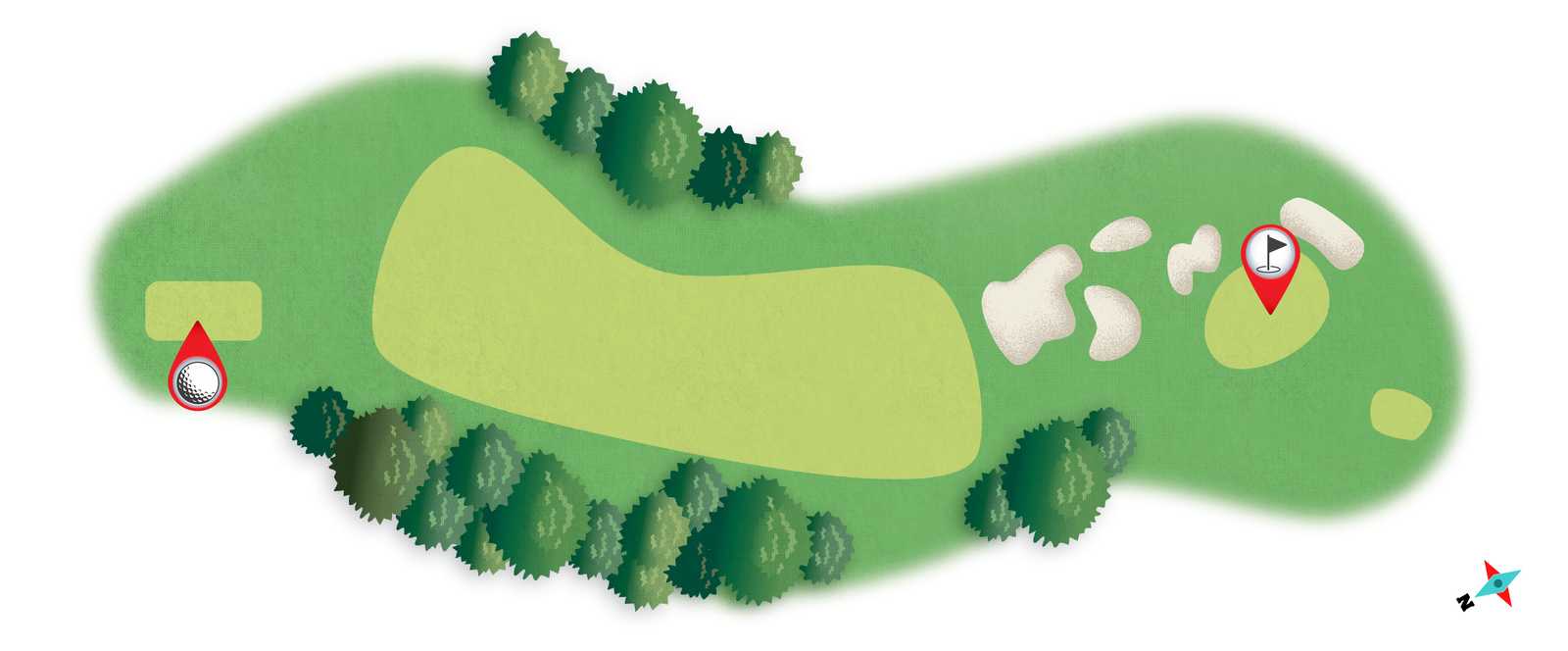

For the golfer
Players would much rather be short than long on this hole. There is a nice bib in front of the green, allowing for a relatively straightforward, uphill chip.

For the fan
It may be the fourth-shortest hole on the course, but this is not a par-3 you look forward to. "Don’t miss long," a TCC caddie said.
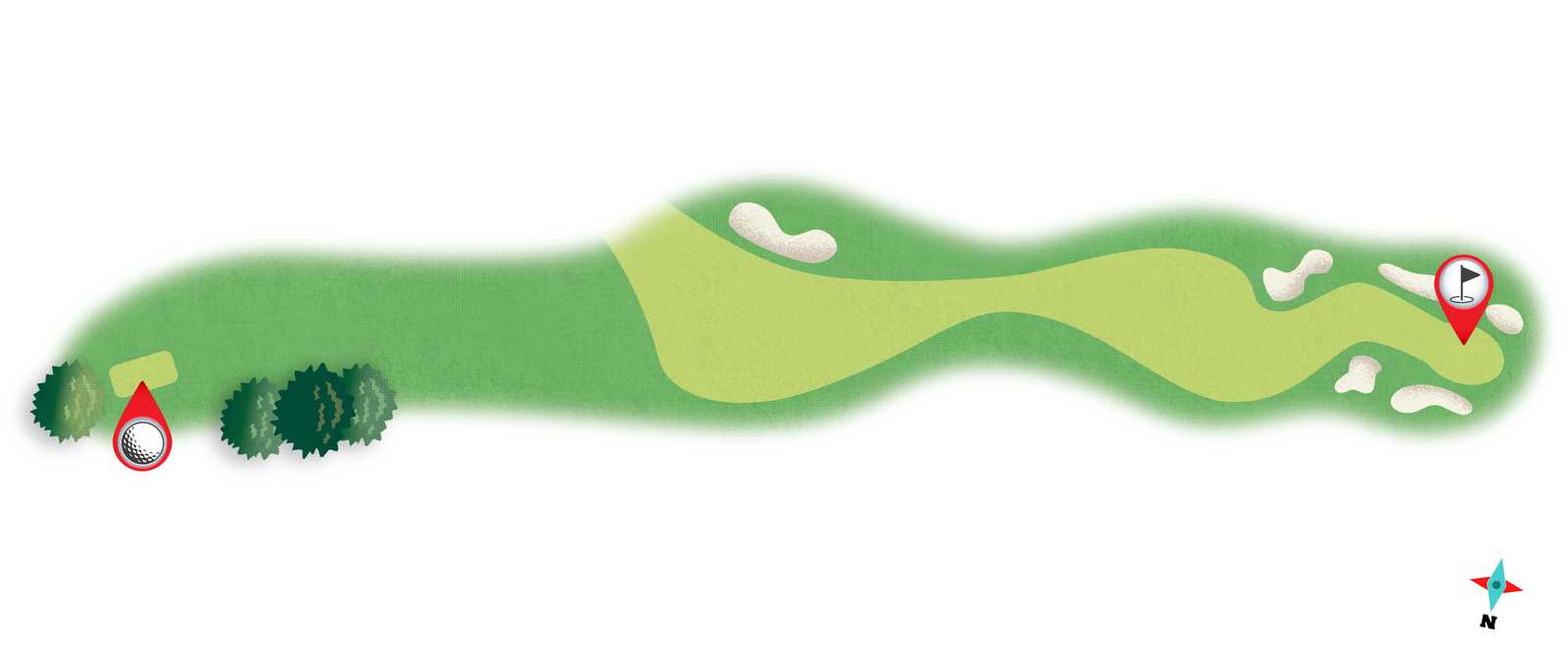

For the golfer
A drive that lands on the left side of the fairway canyon could have a blind approach shot into a green protected on all sides by bunkers.

For the fan
This is the kind of hole where you can stand on the elevated tee and grip it and rip it.


For the golfer
If you're going to miss the green, miss left into the rough or a bunker. This is the toughest green on the course – significantly downhill, right to left. Downhill putts can fly off the green if you aren't careful.

For the fan
Simply put: This hole requires more accuracy than distance. It's the trickiest green on the course. Length isn't an issue, but putting may be.
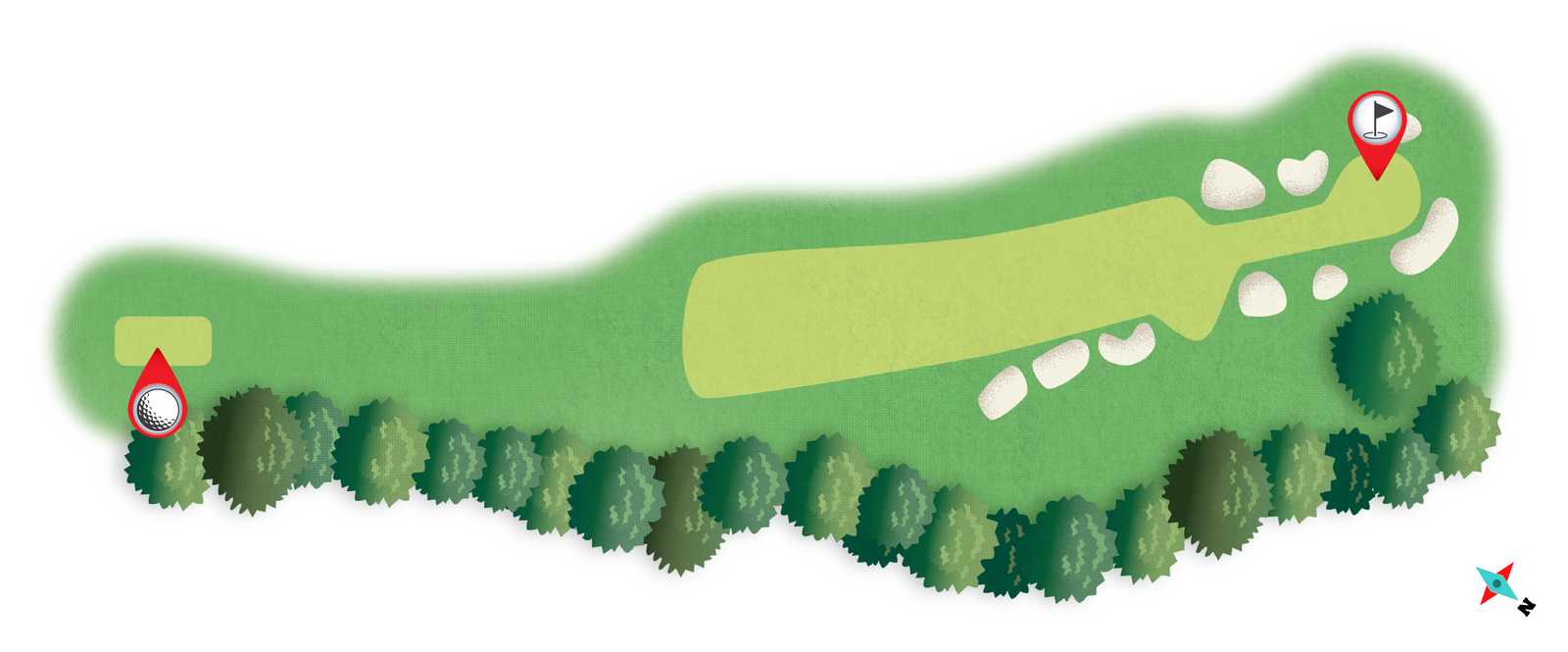

For the golfer
A driveable par-4, and probably with only a 3-wood, it’s uphill most of the way, with a lower plateau in front of the green protected by several bunkers.

For the fan
Watch for this: Most pros probably will go for it. Let's see how they deal with the consequences.
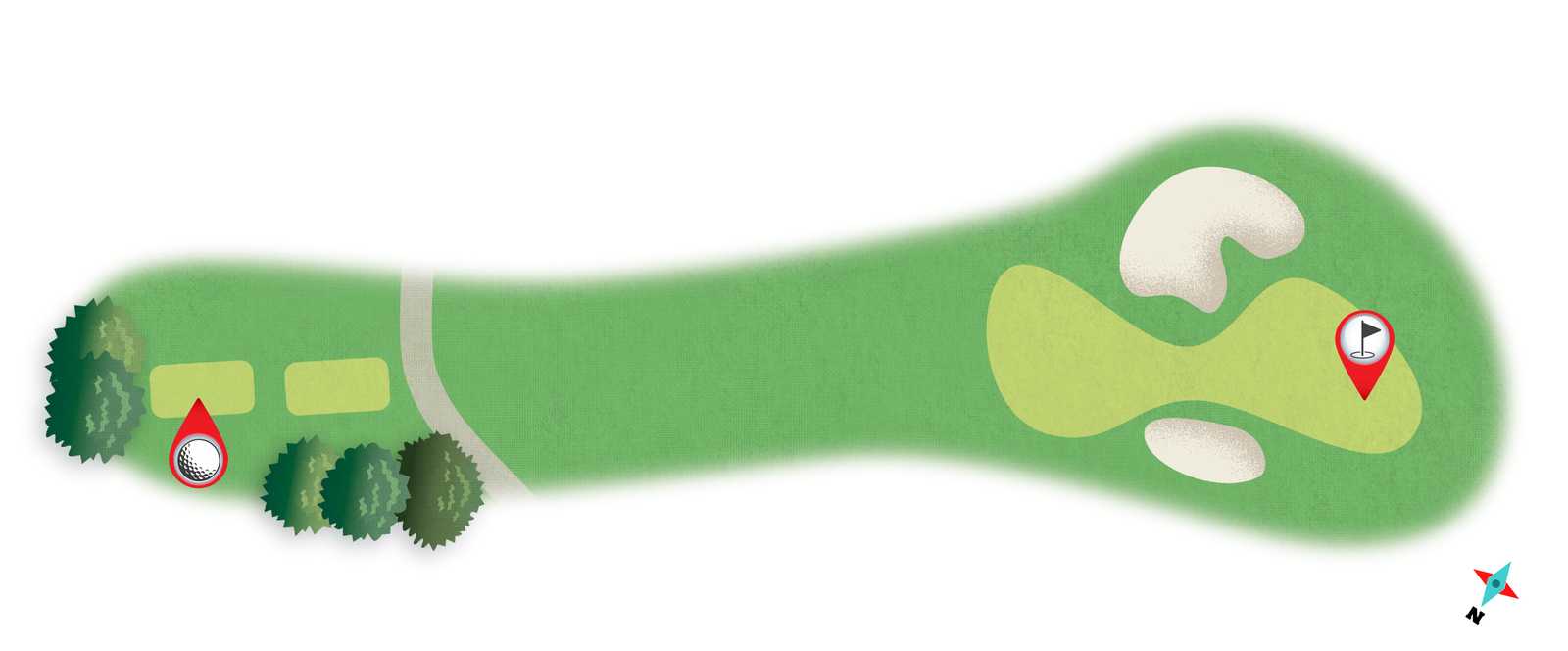

For the golfer
A signature hole and a very difficult par-3. There are bunkers in the front right and left, downhill behind the green, and dramatic undulation on the green.

For the fan
Not to oversimplify it, but you have to hit it in just the right spot. (That said, a TCC caddie said it was the hardest hole on the course.)
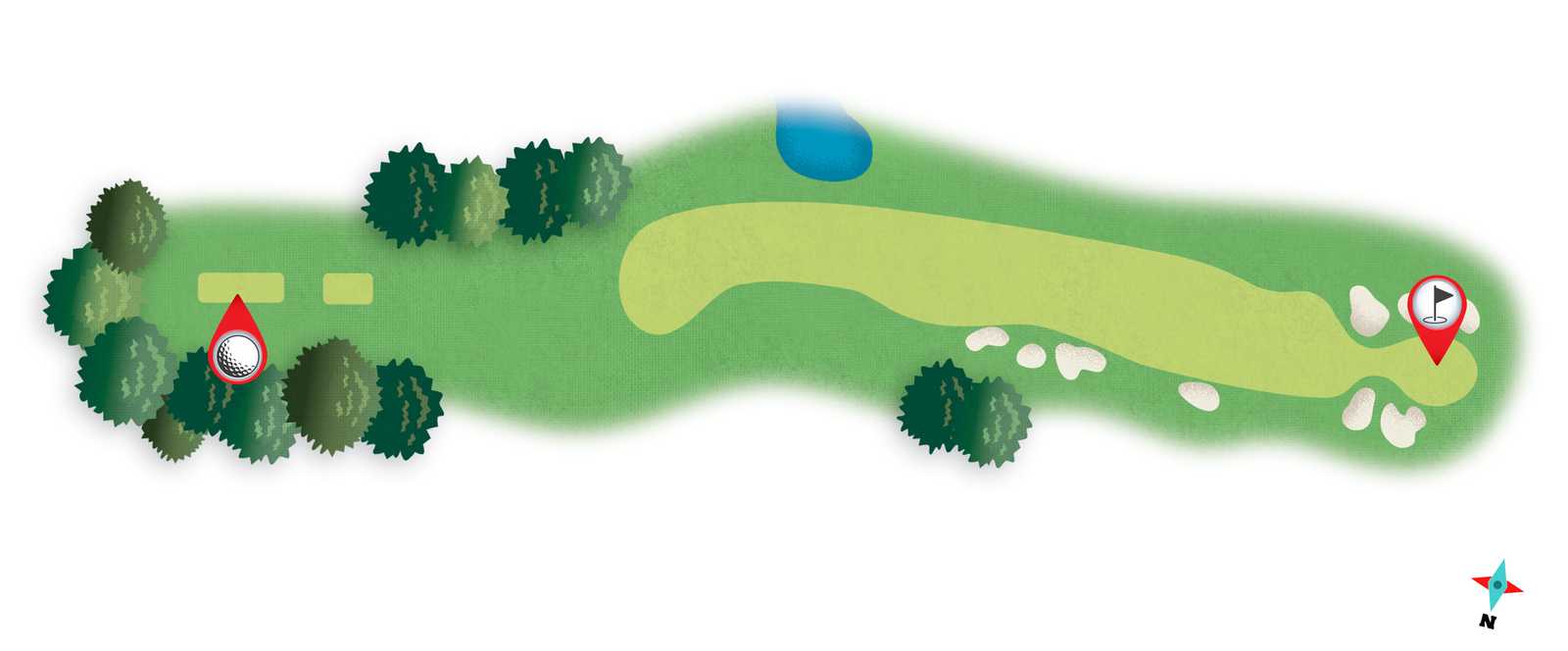

For the golfer
A forgiving par-4 after a difficult hole. The elevated tee plays into an uphill fairway, and players need to avoid the fairway bunkers on the right.

For the fan
The green is right in the middle of the action here, just off the practice range and in between the eighth and 10th tee boxes — a great place to settle in for the day to watch.


For the golfer
An uphill chip shot into the green could see your ball roll all the way back and end up farther away than where you started if you don’t get enough of it.

For the fan
Hole 14 (that's the other par-5, we'll get to that in a bit) might not do many favors to these pros, but this one should. Expect more than a few birdies.


For the golfer
Definitely not a driver hole for the pros, and a tee shot to the right of the fairway could end up trickling into the pond.

For the fan
The pond is a bigger concern for your second shot than off the tee.
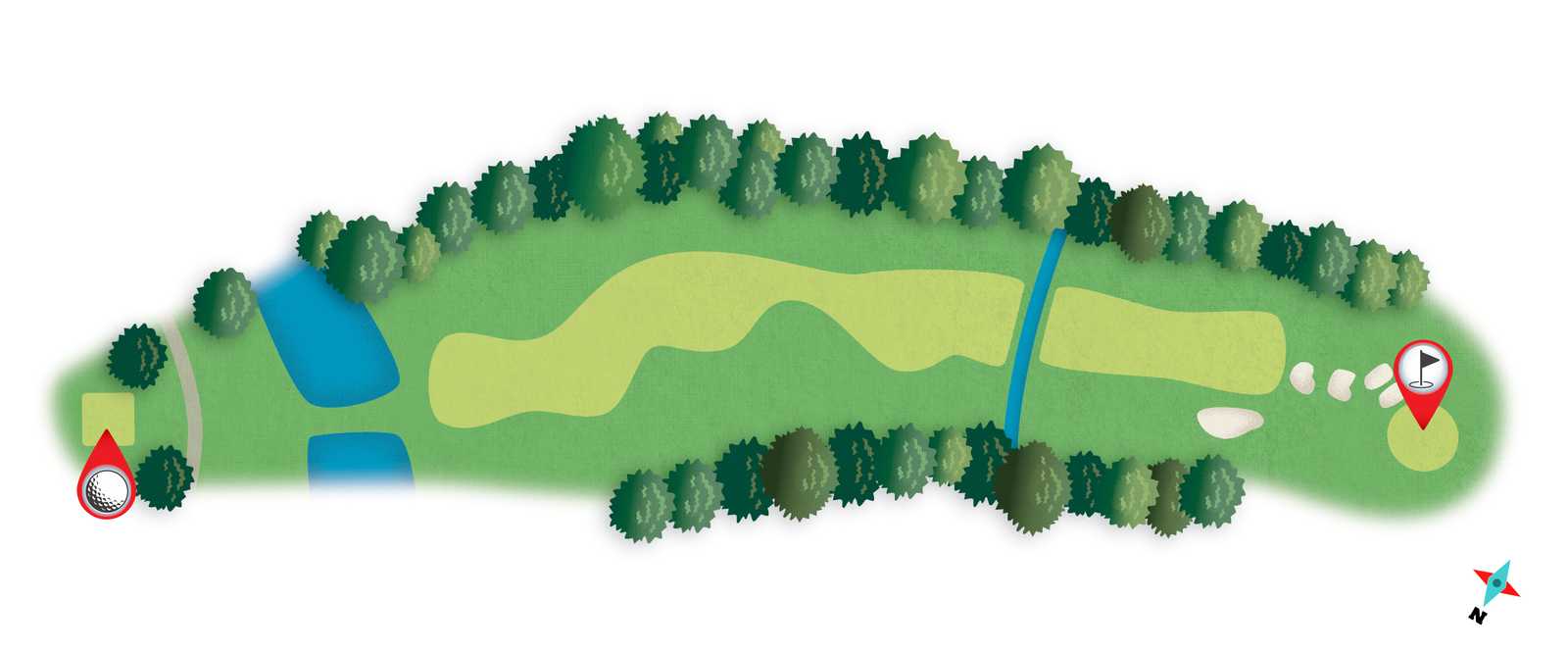

For the golfer
A long par-4 with a blind uphill approach shot and six bunkers by the green, including five on the left side. An errant tee shot could end up rocketing wildly off one of the several exposed rock faces on either side of the fairway.

For the fan
Greg Norman found hidden danger on this hole during the 1988 US Open, when it was the layout’s 9th hole. The “Shark” didn’t see a partially-buried rock under his ball as he prepared his approach shot. As Norman struck the ball with his 7-iron, the rock bit back, and his wrist jammed.
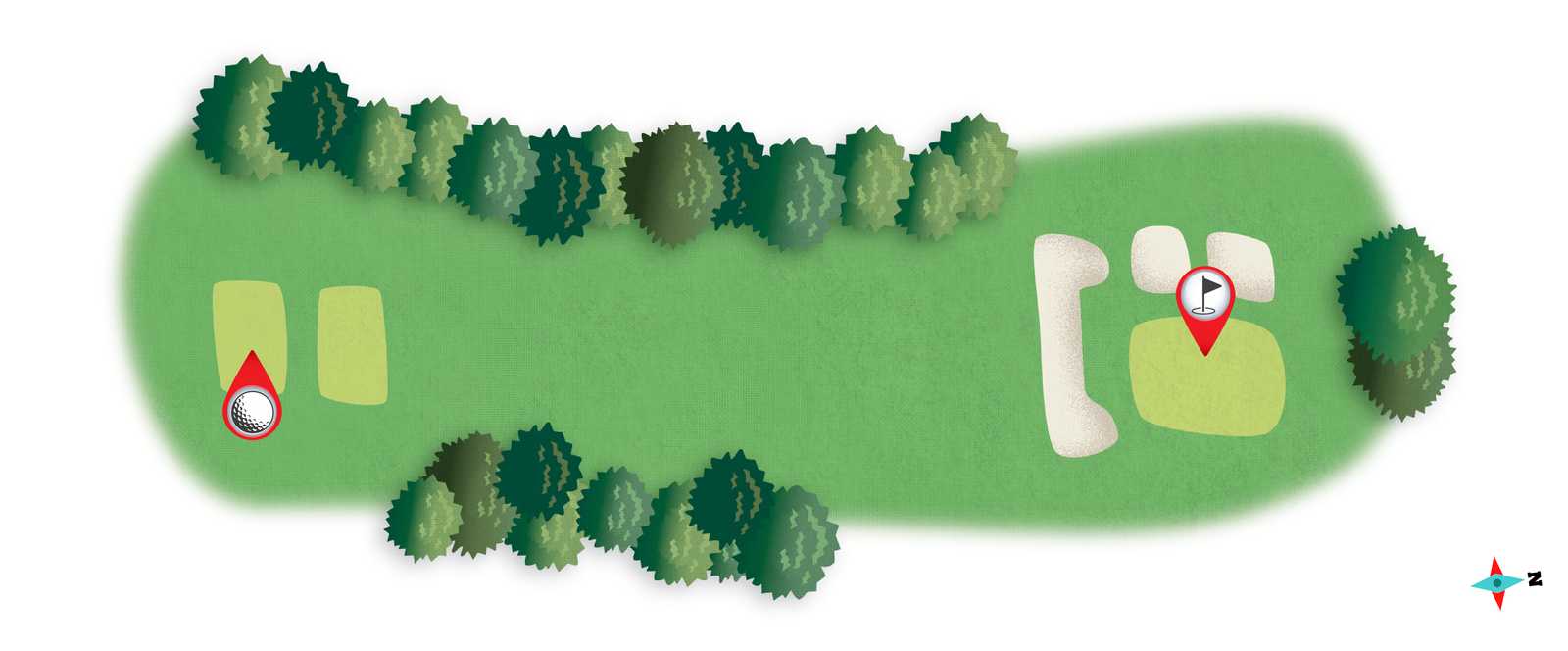

For the golfer
The USGA will move the tees to the front and back of the boxes to give golfers a 115-yard shot one day and a 140-yard shot the next day. The tabletop green is protected by three bunkers on the left and one in front.

For the fan
This is the shortest hole on the course. A TCC caddie said this should be a birdie hole — so long as there's no wind. But they shouldn't plan on that, right?
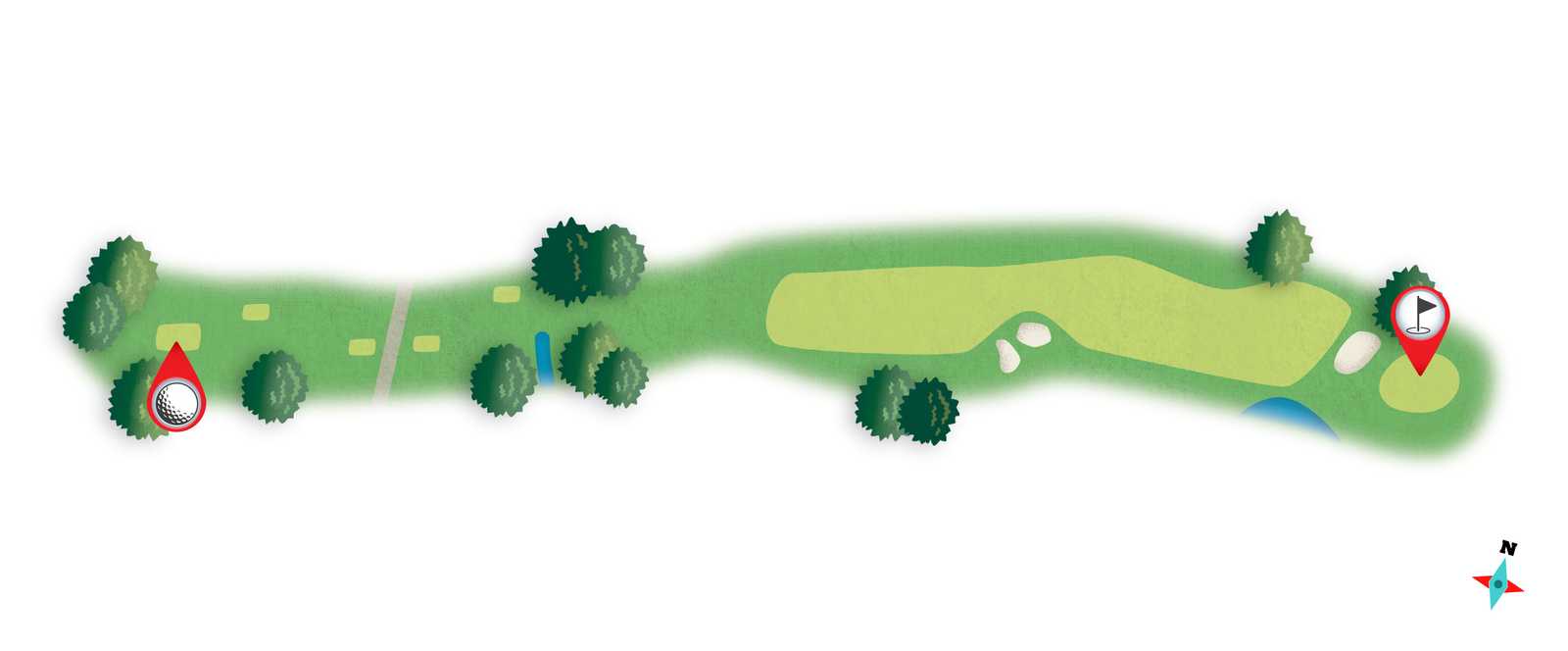

For the golfer
An uphill drive that is wide open except for bunkers on the right. You want to leave your approach shot short, because the green slopes significantly downhill from back to front.

For the fan
Expect the pros to play this one short because of those greens. Even Ben Volin birdied it.
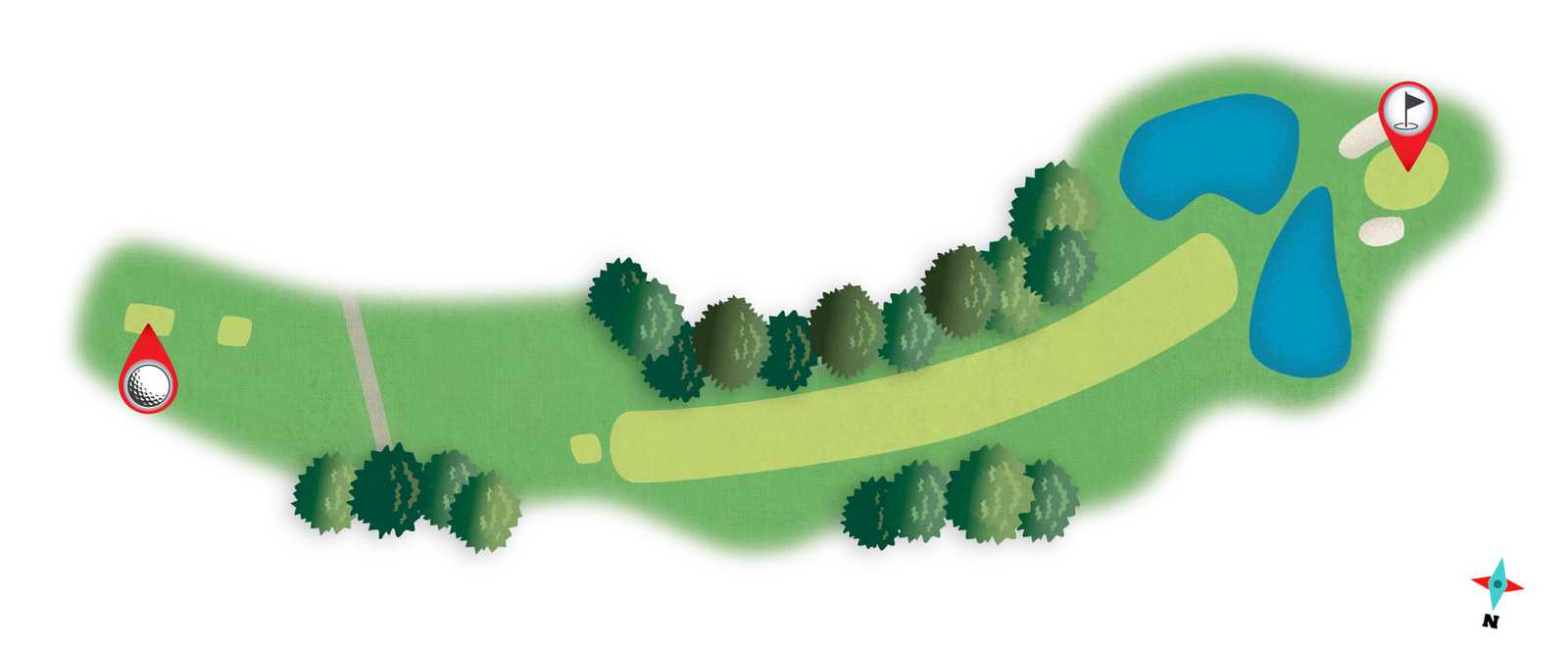

For the golfer
The usual green from this hole will be replaced by the fourth green from the Primrose course to give the hole an extra 75 yards and an approach shot over water.

For the fan
What do we mean by Primrose? Well, TCC is actually comprised of two courses — Clyde and Squirrel (essentially its main 18) and Primrose, a nine-hole course built in the 1920s after Francis Ouimet put golf on the map with his win here.


For the golfer
A monster of a par-5 that has a two-tiered fairway and a blind, uphill, dogleg left approach shot. It’s probably not reachable in two, removing a potential scoring hole. But carding a 5 should be straightforward.

For the fan
This hole offers a nice view of the home formerly owned by Tom Brady and Gisele Bunchen (a Country Club member). The tee boxes practically sit in the backyard of the home, which was sold in 2020 when Brady “retired” to Florida.
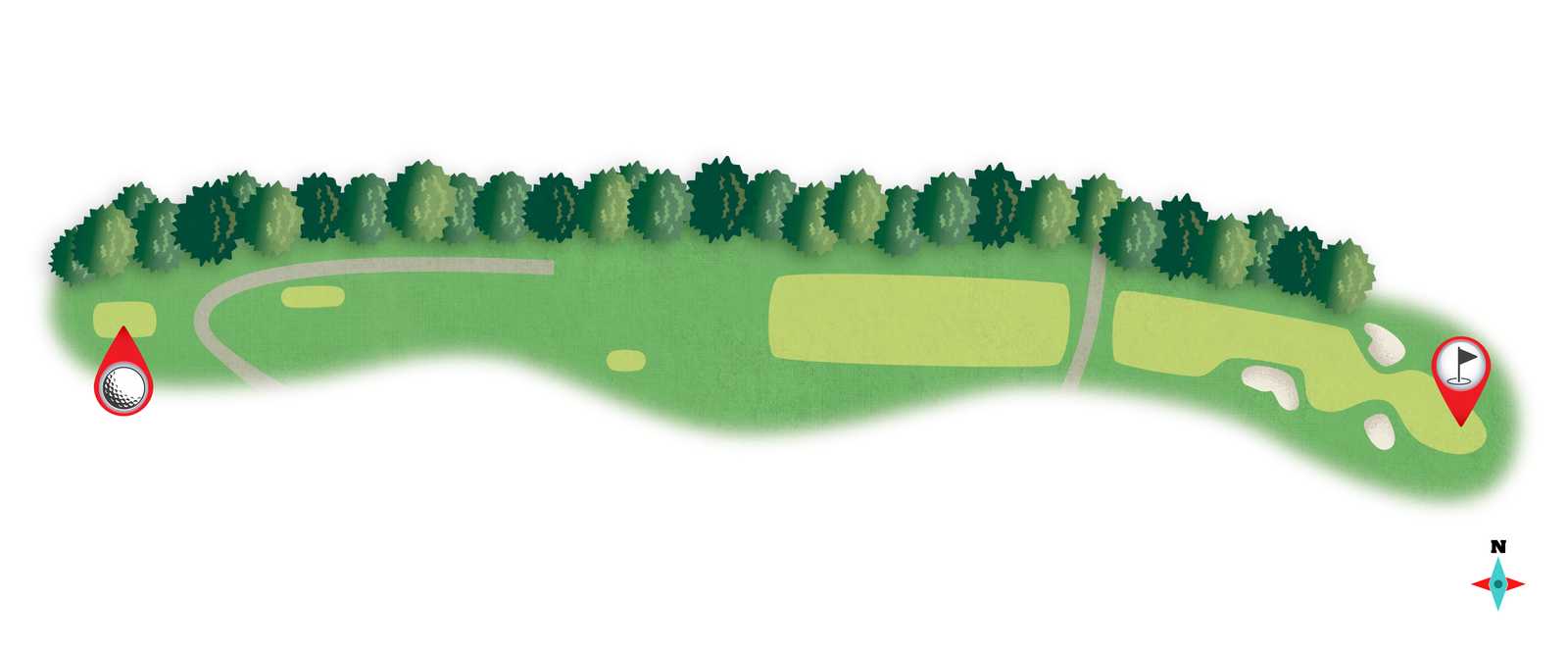

For the golfer
Probably the last driver hole on the course. The rough on the right side is ample and you could spend hours looking for your ball.

For the fan
Now this is pretty funny: You have to go through a member’s backyard to get from the 14th green to the 15th tee.


For the golfer
Pros won’t see the hole with most pin placements. It's a tricky par-3 with four deep bunkers protecting the green.

For the fan
This hole could make or break golfers on Sunday, especially if they try to play it for birdie and screw up.


For the golfer
The four fairway bunkers on the left will make you think twice about trying to cut the corner. There is a new greenside bunker on the back right side that can lead into an impossible downhill chip back onto the green.

For the fan
Ah, "The Elbow." A hole with history that hangs over it (this is where Francis Ouimet dropped two birdie putts to surge to the win in 1913). Read more about this legendary hole here.
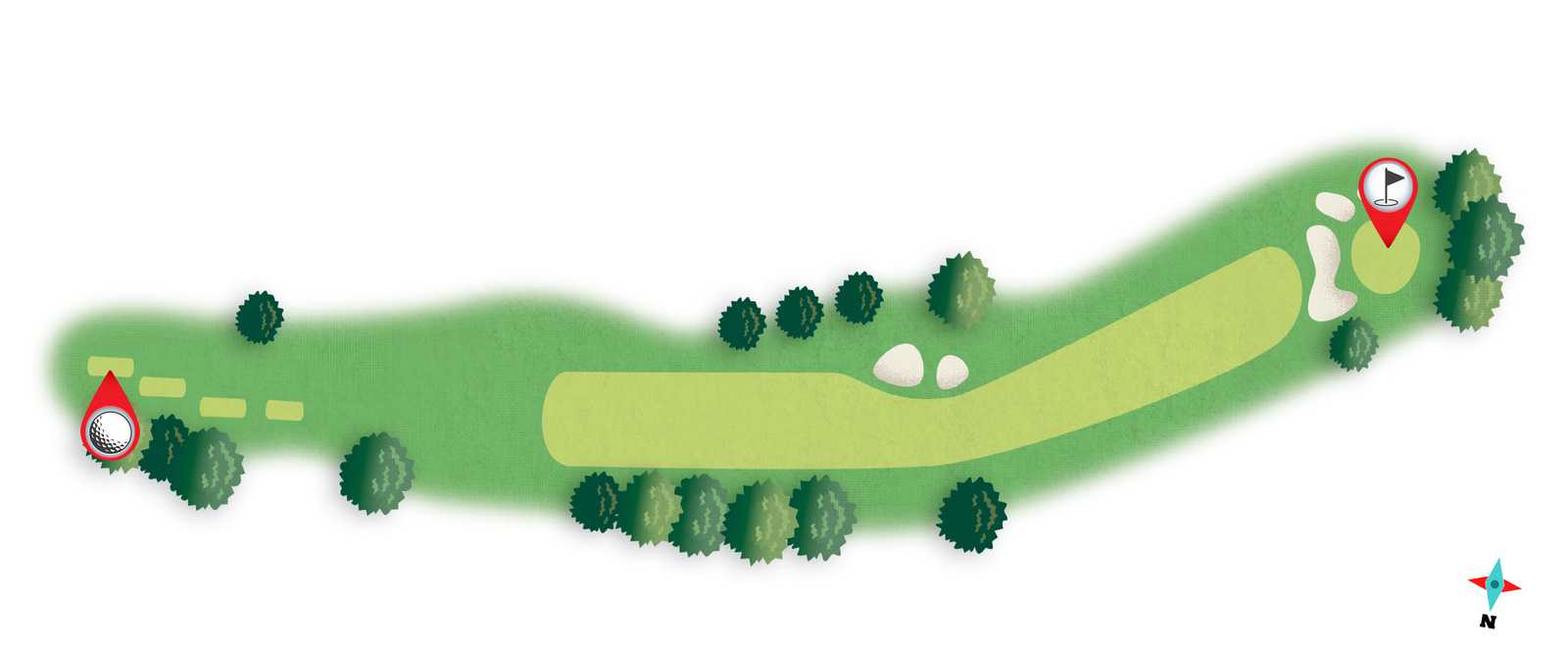

For the golfer
Fairway bunkers on the left come into play off the tee. The elevated green is protected by a wide, deep bunker in front, but you’d rather be down there than flying past the green.

For the fan
This approach shot will be the most initmidating of all because of the championship atmosphere — grandstands on the left, corporate tents on the right. Even better for what should be an incredible finish.
Advertisement
Credits
- Reporters: Ben Volin, Brian McGrory, and Matt Pepin
- Contributor: Jim McBride
- Editor: Katie McInerney
- Design: Ryan Huddle
- Hole illustrations: Peter and Maria Hoey
- Player photos: Ezra Shaw/Getty Images (Tiger Woods); Universal Pictures (Happy Gilmore)
- Development: John Hancock
- Copy editor: John Carney
- Project management: Christina Prignano
- Quality assurance: Nalini Dokula
© 2022 Boston Globe Media Partners, LLC


